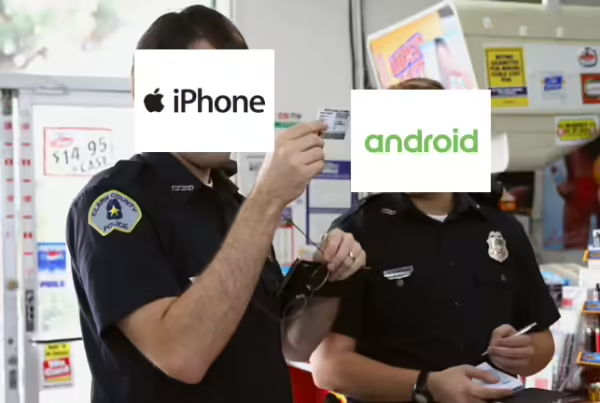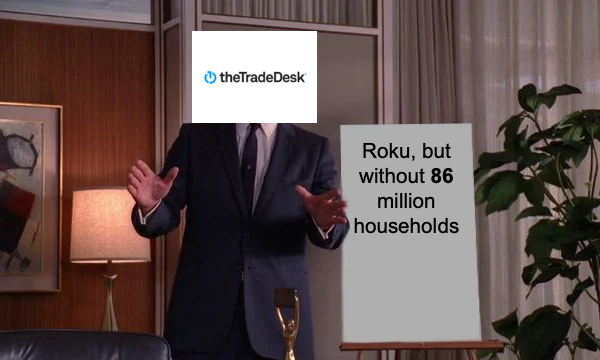1,400+ words of must-read analysis from @AWolk on how a few decisions by networks and pay TV providers back in 2011 continues to limit their ability to compete in a cross-screen world. The goods news is that 95m people are paying for television and there is still time for a course correction.
First, what is TV Anywhere? Content that requires the user to login with their pay TV subscription. Think logging into your Comcast account to watch ESPN on your phone.
The problem started in 2011:
1) Several pay TV providers launched TV Anywhere apps.
2) The networks responded by suing the pay TV providers claiming that their carriage agreements did not extend past the set top box.
The networks feared that none of the viewing on the TV Anywhere apps counted towards their ratings which were costing them money in the form of lower ad rates.
An easy way to think of this is that a viewer that switched from linear to mobile would generate $0 in ad revenue for the network.
Quick math. One hour of network TV generates roughly $0.70 per hour (network share) in ad revenue per viewer. If 1m viewers switch from linear to mobile, then that would drop ad revenue $700k per hour long episode.
What happened next:
1) In 2016, Nielsen released Total Audience Measurement (TAM) followed by Total Content Ratings (TCR).
2) Networks announced that they would not be using TAM/TCR out of a fear that it would lead to bad results going into the upfronts.
Old world — Viewers who wanted to watch Friends had to tune into NBC on Thursday nights at 8PM. Easy to sell ads against.
New world — Vewers might not start watching Friends until Saturdaynight, and then only watch half the show, finishing up on their iPad on Monday morning. Much harder to sell ads against.
Quote from Alan Wolk — Editor @ TVREV.
“Nielsen’s TAM and TCR may not be perfect, but the industry needs to stop waiting for perfect and start making changes immediately, before consumers walk away for good. It’s been six years, and we’re at a point where any money the networks stand to make by waiting for super accurate non-linear ratings is more than offset by the money they’ll lose as viewers abandon the system.”
What do networks/pay TV providers do next:
1) Adopt currency (Nielsen’s TAM/TCR) for non-linear viewing
2) Launch robust TV Anywhere apps
3) Replace set top boxes with well-designed apps
4) Kill the grid-based guide
5) Make every show available in video on demand (VOD)
6) Include streaming services (Netflix, YouTube, etc.)



